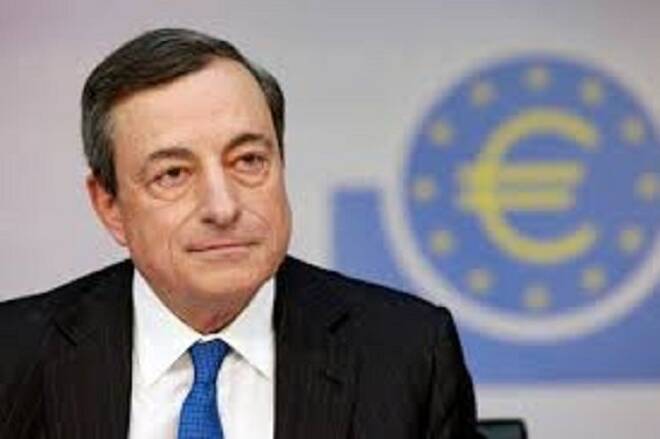Advertisement
Advertisement
The ECB and Draghi in Focus, with an Eye on the Pound
By:
It’s a big day for the EUR today, as the ECB prepares to announce its July monetary policy decision, with the Draghi press conference to follow.
It’s a big day for the EUR today, as the ECB prepares to announce its July monetary policy decision, with the Draghi press conference to follow.
Speculation and debate has driven the EUR to $1.15 levels, with monetary policy divergence favouring the EUR, as FOMC members and the FED chair take a more cautious stance on the outlook for interest rates through the 2nd half of the year.
Adding to the upside for the EUR has been the U.S President’s failure in getting the Healthcare Bill passed through the Republican majority house though, to his credit he has yet to concede, Trump all too aware of what it would mean for the presidency and hopes of delivering on growth policies later in the year and in early 2017, should the Bill be put aside.
We have seen the markets largely brush aside the news of Trump’s secret conversation with the Russian President at the G20 Summit dinner earlier in the month, interest more on the administration’s abilities and the outlook towards the U.S economy, which is certainly in the need of a boost.
For the day ahead, the Dollar can take a breather however, with the ECB expected to announce the timing of a tapering to the asset purchasing program and a possible move on deposit rates.
Draghi will be mindful of the impact of a more hawkish view on monetary policy and forward guidance on EUR strength, particularly with the Dollar under pressure at present, but it will be difficult to continue to ignore the realities that the Eurozone economy has seen vast improvement, with economic indicators pointing to continued growth, headwinds having abated.
The EUR has eased back ahead of today’s ECB decision and press conference, an element of uncertainty weighing on the EUR and for good reason, core inflation continuing to sit well short of the ECB’s objective and Draghi more than capable of reverting back to the dovish tones of past, with direction for the EUR over the near-term now hinged on whether the ECB will finally commit to a tapering, which could see the EUR move through to $1.16 levels and more should Draghi deliver.
In contrast, the pound has struggled to make ground following a slew of weak macroeconomic data in recent weeks, though sentiment could change quite quickly with June’s retail sales figures scheduled for release this morning, where positive numbers will certainly reignite speculation of an imminent move by the BoE, whose hands will be largely tied, should economic indicators continue to disappoint, despite inflation’s continued overshoot.
While the Dollar has managed to stabilize, the Dollar Spot Index up 0.09% at 94.867 at the time of the report, following the disappointments of the Healthcare Bill, the direction of the Dollar Spot Index will be in the hands of Draghi and team, with macroeconomic data out of the U.S this afternoon limited to the weekly jobless claims figures and July’s Philly FED Manufacturing numbers., the manufacturing figures unlikely to be too supportive for the Dollar.
Appetite for the EUR, which is flat at $1.15185 at the time of the report, will likely make a move ahead of the ECB decision, expectation the key driver with macroeconomic data out of the Eurozone limited to Germany’s producer price index figures for June, which are likely to be ignored.
For the pound, sales figures will need to impress and the markets are likely to take anything close to forecasted numbers, the pound easing back from intraday highs to sit flat at $1.30219 ahead of the European open.
About the Author
Bob Masonauthor
With over 20 years of experience in the finance industry, Bob has been managing regional teams across Europe and Asia and focusing on analytics across both corporate and financial institutions. Currently he is covering developments relating to the financial markets, including currencies, commodities, alternative asset classes, and global equities.
Did you find this article useful?
Latest news and analysis
Advertisement
